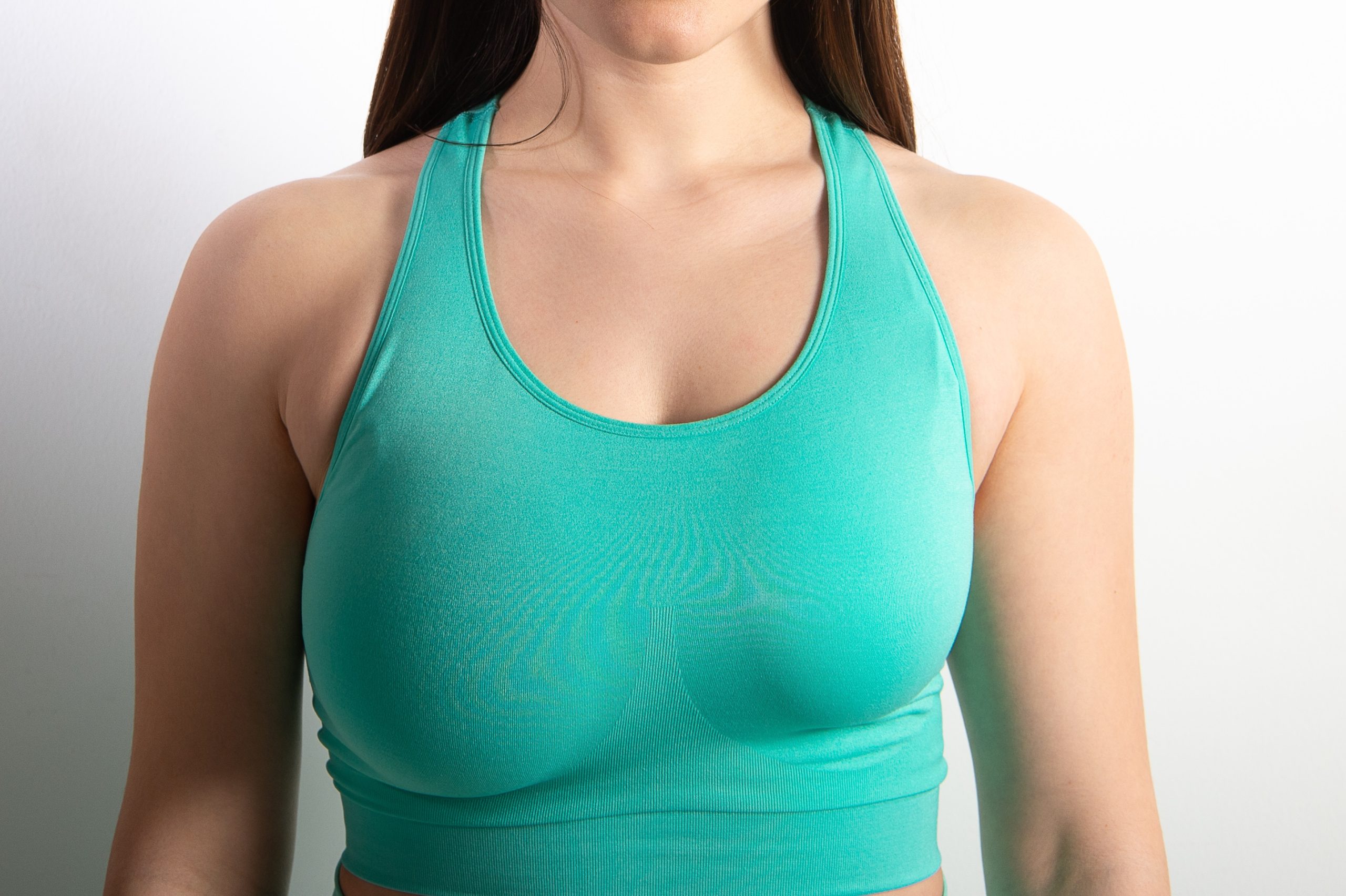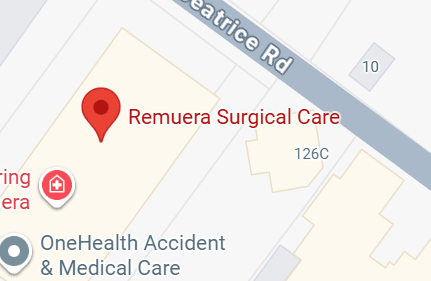Male breast growth (gynaecomastia) is a common problem, affecting around 30% – 50% of the population. It can be an embarrassing condition for men of all ages and is often resistant to weight loss and exercise.
Reduction involves removal of fat and glandular tissue from the breasts using liposuction or surgery. In very large breasts, surgery is the best option.
It is important to realise several facts:
- Both men and women have breasts. The influence of female hormones makes them larger in women.
- Breasts are composed of a mixture of fat and glandular tissue (the part which secretes breast milk). Glandular tissue weighs more than fat, so the more you have, the heavier your breasts will be and the more likely they will droop.
- Breast fat increases and decreases in line with variations in body fat & hormone levels.
- Conditions or drugs which affect your body’s fat distribution, or your hormone balance will cause male breast enlargement.









